Today, I am excited to be reviewing the new BSS (Boston Sax Shop) S-Series 7* tenor saxophone mouthpiece released by Jack Tyler at the Boston Sax Shop.
Jack Tyler is the owner of Boston Sax Shop and has been my saxophone repairman for the last seven years. I usually head down to Boston about once a year (way overdue now because of Covid) for Jack to check out my tenor sax and while he is giving my sax a tune up, he always gives me the inside scoop on all the saxophone world gossip as well as new saxophone gear that is coming out.
Besides being a phenomenal repairman and craftsman, Jack is always up to some saxophone related endeavor. Whether it be straps, cases, ligatures, saxophone necks, reed cases, reeds, masterclasses, etc….. Jack always seems like he has a new project on the horizon……When I heard of this new BSS S-Series 7* tenor saxophone mouthpiece he was developing, I had to try one out myself!
Boston Sax Shop S-Series 7* Tenor Saxophone Mouthpiece
The Boston Sax Shop S-Series 7* tenor saxophone mouthpiece is described by Jack as being a reference to the great “horseshoe” chamber tenor sax mouthpieces of the past, but made for the modern player. A horseshoe chamber refers to a chamber that looks a bit like a tunnel as you drive through a mountain when you look at it from the bore end of the mouthpiece. The bottom is flat, the sides are flat but the roof of the chamber is curved like a horseshoe.
Jack Tyler told me that the S-Series is based off of his personal favorite Selmer Soloist tenor saxophone mouthpiece. According to Jack, the problem with refaced Selmer Soloists, is that you never know what you are going to get after it is worked on. Jack and I do agree on that point, as we have both played refaced Selmer Soloists and some have been really bright, some have been super dark, some have been really stuffy and dead, while others might have luckily ended up great. It all depends on who you had work on it, their level of expertise in working on a Soloist tenor sax mouthpiece and their own personal sound preferences.
In response to these observations, Jack decided that it would be a great idea to create the Boston Sax Shop S-Series tenor saxophone mouthpiece. The BSS S-Series represents all of the qualities that a great Soloist tenor sax mouthpiece can have in a more modern offering and tip size.
The most popular “horseshoe” chamber tenor saxophone mouthpiece in history is the Selmer Soloist which were first made in 1956. The Soloist only came in tip openings of B* to H according Theo Wanne’s mouthpiece museum website. According to Theo, the E was similar to a modern day 5 tip opening and the largest tip opening of an H was similar to a 7*. Here is an interesting quote from Theo Wanne’s Selmer history page:
“The Selmer “Soloist” short shank hard rubber models came in sizes from B* to H. For reference an “E” is equivalent to an Otto Link 5, and an H is equivalent to an Otto Link 7*. The Selmer mouthpieces from B* to E all came with a medium length lay (the distance from the tip of the mouthpiece to the point where the reed meets the facing). The larger sizes F, G, and H only came with a SHORT length lay. Hence all the larger tip openings had a shorter lay than the smaller tip openings. This was an attempt to make them easier to play. However, the bottom end of the horn suffered tremendously because of this.”-Theo Wanne
Obviously, Theo’s last sentence above does not sound good! No one wants the bottom end of their saxophone to “suffer tremendously”! You needn’t worry about this with the BSS-S Series because Jack has made the facing curve length of the S-Series mouthpiece to be 52 (26 mm) which is considered a long curve. The long facing curve of the S-Series tenor mouthpiece allows more of the reed to be freed up and helps the low end of the saxophone to speak more easily and with a thick, robust tone.
Boston Sax Shop S-Series 7* Tenor Saxophone Mouthpiece
The most notable players that that I can think of that have used a Soloist tenor saxophone mouthpiece for most of their careers are Joe Henderson, Eddie Harris and Rich Perry. I have heard that Sonny Rollins might have used one on “The Bridge” recording and “What’s New” and John Coltrane used one on “John Coltrane Quartet Plays”.
John Coltrane Playing a Selmer Soloist
Eddie Harris Playing a Selmer Soloist
Joe Henderson Playing a Selmer Soloist
Here is how Jack Tyler describes the Boston Sax Shop S-Series 7* tenor saxophone mouthpiece on his website at BostonSaxShop.com:
“I’ve been very lucky in my life to enjoy some incredible classic mouthpieces and was constantly on the search for something that had tonal homogeny throughout all ranges, but that I could get plenty of volume out of. The S-Series hard rubber tenor mouthpiece is a result of the fruits of that search and I’m proud to share a design that in my opinion encapsulates a remarkable amount of core, depth and evenness for a ‘jazz’ mouthpiece while still having the ability to cut. It’s a reference to the great ‘horseshoe’ chamber pieces of the past, but made for the modern player.
Creating the BSS line of mouthpieces has also given me an opportunity to approach the boutique market with a fresh methodology. After a lot of research, we partnered with one of the most technically advanced CNC machine shops in the country, giving us the ability to dial in an unbelievable level of precision and absolute consistency piece to piece. No need to worry if you are going to get a ‘good one’ because they are all great. In addition, every single one is hand finished at the shop and personally play tested by yours truly.
I couldn’t be much more excited to share with you my first mouthpiece offering which represents for me the pinnacle of my product design over the past years and a milestone for Boston Sax Shop.-Jack Finucane”
Boston Sax Shop S-Series 7* Tenor Saxophone Mouthpiece
The Boston Sax Shop S-Series 7* tenor saxophone mouthpiece looks to be made of quality hard rubber. You can smell a little bit of that hard rubber smell that you typically smell on vintage hard rubber mouthpieces when you hold it up to your nose.
The mouthpiece has the BSS logo engraved in white on the top of the mouthpiece and it has a nicely engraved white scroll on the shank of the mouthpiece. The tip opening of 7* is not machine engraved on the mouthpiece but is hand engraved on the left corner of the body next to the butt end of the table.
Jack tells me that the S-Series is the same length as a vintage Short Shank Selmer Soloist and because of the smaller chamber it does sit further out on the cork than a typical Otto Link type tenor saxophone mouthpiece would. The combination of the lower baffle and the longer facing helps the S-Series to sit at a more moderate place on the cork than many refaced Selmer Soloists though.
Boston Sax Shop S-Series 7* Tenor Saxophone Mouthpiece
The Boston Sax Shop S-Series 7* tenor saxophone mouthpiece looks great to the eye. The tip, rails and table look even, flat, precise and well crafted. The mouthpiece tip rail and side rails are even and thin, and the shape of the tip rail perfectly matches the shape of the saxophone reeds I used on the mouthpiece.
The baffle of the Boston Sax Shop S-Series 7* tenor saxophone mouthpiece is a low quick rollover baffle right after the tip rail. The floor of the baffle during the decent is slightly curved from side to side. The baffle actually dips a little bit in a low long curve as it heads towards where it terminates at the rear of the chamber. That termination point is a little bit higher than the floor of the bore behind the mouthpiece chamber and it stops at the flat bottom part of the horseshoe shape.
The mouthpiece chamber looks to be what I would consider a small sized chamber in comparison to typical hard rubber Otto Link sized chamber that I would consider a large sized chamber. The roof of the mouthpiece chamber under the table is very thick making up the top curve of the horseshoe shape.
The sidewalls are straight from where they start near the tip all the way to the horseshoe shaped chamber exit. The sidewalls are at a slanted angle so that they start wider and gradually come in to create the squeezed sides of the small chamber.
Boston Sax Shop S-Series 7* Tenor Saxophone Mouthpiece
The diameter and beak profile of the Boston Sax Shop S-Series 7* tenor saxophone mouthpiece is very close to the diameter and beak profile of a typical modern hard rubber Otto Link tenor saxophone mouthpiece and Selmer Soloist tenor sax mouthpiece. All of my saxophone ligatures that fit comfortably on hard rubber Otto Link tenor saxophone mouthpieces fit on the Boston Sax Shop S-Series 7* tenor saxophone mouthpiece perfectly. I chose to use the Boston Sax Shop Gold Superlative ligature that I reviewed last year for this review.
Boston Sax Shop S-Series 7* Tenor Saxophone Mouthpiece
In my trials of mouthpieces with different facing curves, I learned that long facing curves help harder reeds play easier and shorter facing curves help softer reeds play easier. I found this fact to be true with the Boston Sax Shop S-Series 7* tenor saxophone mouthpiece.
Usually with a 7* tip opening tenor sax mouthpiece, I can get by with a 2 1/2 reed if I want to. With the BSS S-Series all my various brands of 2 1/2 reeds felt way too soft because of the longer facing curve. Harder tenor sax reeds than I usually play on a 7* tenor mouthpiece actually played much easier because of the longer curve. I ended up using an Ishimori Woodstone 3 1/2 tenor sax reed that played great on the S-Series mouthpiece below. (I’m all out of BSS reeds for the time being)
Boston Sax Shop S-Series 7* Tenor Saxophone Mouthpiece
The Boston Sax Shop S-Series 7* tenor saxophone mouthpiece had a warm balanced tenor saxophone tone that I thought was one of the darker tenor sax tones I have gotten with a tenor mouthpiece. The tone of the mouthpiece was thick, rich, focused and warm in my opinion. When I describe the tone as dark or warm, I am just describing that I don’t hear very many bright overtones in the saxophone tone.
The low notes on the Boston Sax Shop S-Series tenor saxophone mouthpiece were full and robust with a tone that was warm and beautiful. I would describe the low notes as more concentrated and focused rather than fat and round.
One interesting observation was that I didn’t feel the need to sub-tone on the Boston Sax Shop S-Series tenor saxophone mouthpiece like I do on Otto Link and baffled style tenor mouthpieces. I honestly probably sub-tone too much on those kind of pieces to soften and fatten up those low notes. The BSS S-Series mouthpiece has a tone down low that already is so warm and pleasant sounding that I didn’t feel the need to sub-tone down there as much.
Boston Sax Shop S-Series 7* Tenor Saxophone Mouthpiece
The high notes were full, round and beautiful in my opinion. Like the low notes, they had a focused concentration to them but didn’t get bright and thin at all up there.
The intonation on the Boston Sax Shop S-Series 7* tenor saxophone mouthpiece was very good and the S-Series mouthpiece was a great match for my Selmer Super Balanced Action tenor saxophone (from the 50’s). I would imagine the Boston Sax Shop S-Series tenor saxophone mouthpiece would be a great match for any vintage Selmer tenor saxophone (many of the them came with Selmer Soloists at the time) although a saxophone like a Conn that needs a more large chambered tenor sax mouthpiece might not do as well with the smaller chamber of the S-Series. You would have to ask Jack Finucane at Boston Sax Shop about that one…..
The evenness and smoothness of notes throughout the range of the saxophone was nice when playing fast lines. The character and warm tone seemed to blend well as I played faster lines throughout the low, mid and high range of the saxophone. I think you can hear this smoothness in the fast technical lines I play on the sound clips below.
The altissimo register of the saxophone was easy to produce on the Boston Sax Shop S-Series 7* tenor saxophone mouthpiece and the notes were easy to control and manipulate.
The Boston Sax Shop S-Series 7* tenor saxophone mouthpiece had a good amount of power when pushed. I would say the volume was about 8 when pushed on my 1-10 volume scale. I like to think that the squeezed throat of the smaller chamber helps to really speed up the air as you blow harder almost like a straw would when blowing through it. I have no idea if this has any factual basis in acoustical science but I’m just a sax player so what do I know……It sounds good…… It did seem to me like the BSS S-Series had more of a focused loudness when pushed as opposed to an Otto Link Slant style hard rubber tenor mouthpiece that has more of a spread loudness.
The S-Series mouthpiece did get a little brighter in tone when pushed but the brightness seemed more like a midrange brightness rather than a high end brightness if I were to relate it to the effects of EQ on a sound. Even at the mouthpiece’s top volume, I felt like the Boston Sax Shop S-Series 7* tenor saxophone mouthpiece still retains a darker warmth to the tone although there were at times some edge introduced into the tone at loud volumes which I believe is from pushing all that air through the small chamber.
On the sound clips below, I try to give a good range and variety of saxophone sounds and textures so that you can hear the Boston Sax Shop S-Series 7* tenor saxophone mouthpiece perform in different styles.
One important piece of advice I can give is to make sure you give yourself a good amount of time to adjust to the Boston Sax Shop S-Series tenor mouthpiece if you haven’t played a Soloist style tenor mouthpiece before. This advice basically holds true for any sax mouthpiece you try.
If you play a Guardala style tenor sax mouthpiece and then try an Otto Link style mouthpiece you will have an adjustment period. If you play an Otto Link style mouthpiece and then try a Guardala style mouthpiece you will have an adjustment period. If you play a non-Soloist style mouthpiece and then try a Soloist style sax mouthpiece you will have an adjustment period.
For me, that adjustment period usually takes about 8-12 hours of playing. This usually has to be done in roughly 2-3 hour increments. If I play a mouthpiece 24 times for 1/2 an hour each, that is technically 12 hours but I don’t seem to adjust to a mouthpiece that way. When I spend 2-3 hours playing on a mouthpiece, at a certain point some pretty cool magical things start happening between me and the new mouthpiece.
For example, in the first clip below at the 4:38 time marker, I start playing fast and for whatever reason I let some of my air collect in the top front part of my mouth over the mouthpiece. It’s hard to explain but I could feel the air in the top front of my mouth gathering there and it actually felt like it was pushing out against my top lip a bit. I immediately noticed a huge difference in the smoothness of the lines and the resonance I was hearing and feeling. I can hear it in the clip, I’m not sure if you will be able to but I notice it listening just like I did while playing.
Here are some other adjustments I made that made a huge difference:
- I noticed that the tone really opened up and became bigger when I took a little more mouthpiece. At the time, I didn’t know this mouthpiece had a longer facing length, but that makes sense now. I took more mouthpiece and that allowed more of the reed that was now free of my lower lip to resonate and flex back and forth over the long facing curve.
- I noticed that the BSS S-Series mouthpiece seemed more responsive to my air support changes than a typical large chambered tenor mouthpiece. With more support I noticed more immediate changes and results in the sound and tone.
- I noticed that keeping and focusing the air in my mouth so that it felt like it was a solid strong air column right up to that horseshoe chamber exit really seemed to fill out the sound and give even more of an immediate and smooth response. It also allowed me to shape and manipulate the sound much easier.
These are just a few things that I was aware of while playing and practicing on the S-Series mouthpiece. When I first started playing the mouthpiece, I recorded a sound clip and I honestly told Jack I needed more time because I felt like I sounded like an Otto Link player playing a Soloist. I could play all the same notes and same lines but it didn’t sound authentic or real to me. (I get that same impression when I hear tenor players trying to play alto and alto players trying to play tenor. What they are playing is technically great but it doesn’t sound authentic to me if that makes sense. Like they don’t feel 100% comfortable on the horn they are playing…..) These recording below are much much closer to being authentic after spending 12+ hours on this mouthpiece in my opinion.
Boston Sax Shop S-Series 7* Tenor Saxophone Mouthpiece
In my opinion, the BSS Boston Sax Shop S-Series tenor saxophone mouthpiece is a great tenor sax mouthpiece for those of you looking for a tenor mouthpiece with a tone that is warm, dark and focused. It is a great hard rubber jazz mouthpiece that would be incredible for straight ahead jazz playing. In my opinion, it’s got it’s own vibe going on with it. There is something unique and special that only a Soloist style mouthpiece can give you in my opinion. I love it!
Modern tenor sax players such as Joel Frahm, Dayna Stephens, Lucas Pino and Ryan Devlin are now all playing the Boston Sax Shop S-Series tenor saxophone mouthpiece. I am sure there will be many more in the coming months to add to this list!
If you like the sound and look of the S-Series tenor sax mouthpieces by the Boston Sax Shop, you can find them at the Boston Sax Shop website. Neffmusic also gets a small commission from each sale using this link which helps support this website, so thank you in advance if you use the link.
If you try a BSS Boston Sax Shop S-Series tenor saxophone mouthpiece or have any thoughts, comments or questions on this review, I would love to hear what you think in the comments below. Thanks, Steve
Boston Sax Shop S-Series 7* Tenor Saxophone Mouthpiece-Woodstone 3 1/2 Reed-No Effects Added (Check out 4:38-end for the experience I described above)
Boston Sax Shop S-Series 7* Tenor Saxophone Mouthpiece-Woodstone 3 1/2 Reed-No Effects Added (This was from another recording a few days ago, but I really loved the warmth of it so am adding it here as well)
*I hope to add another sound clip when I get some new BSS reeds in also as I am curious how they will sound and respond with this S-Series mouthpiece as well.
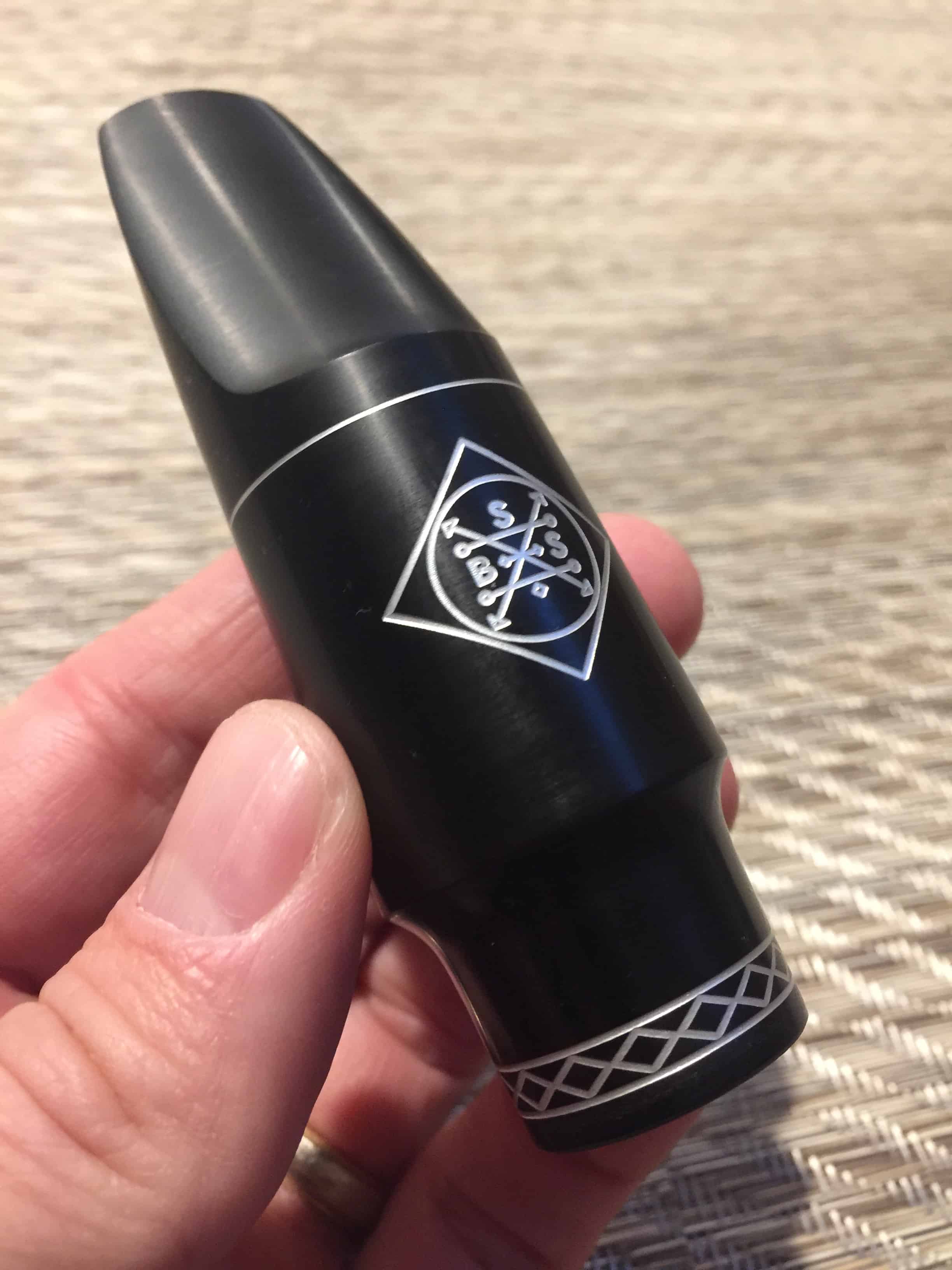




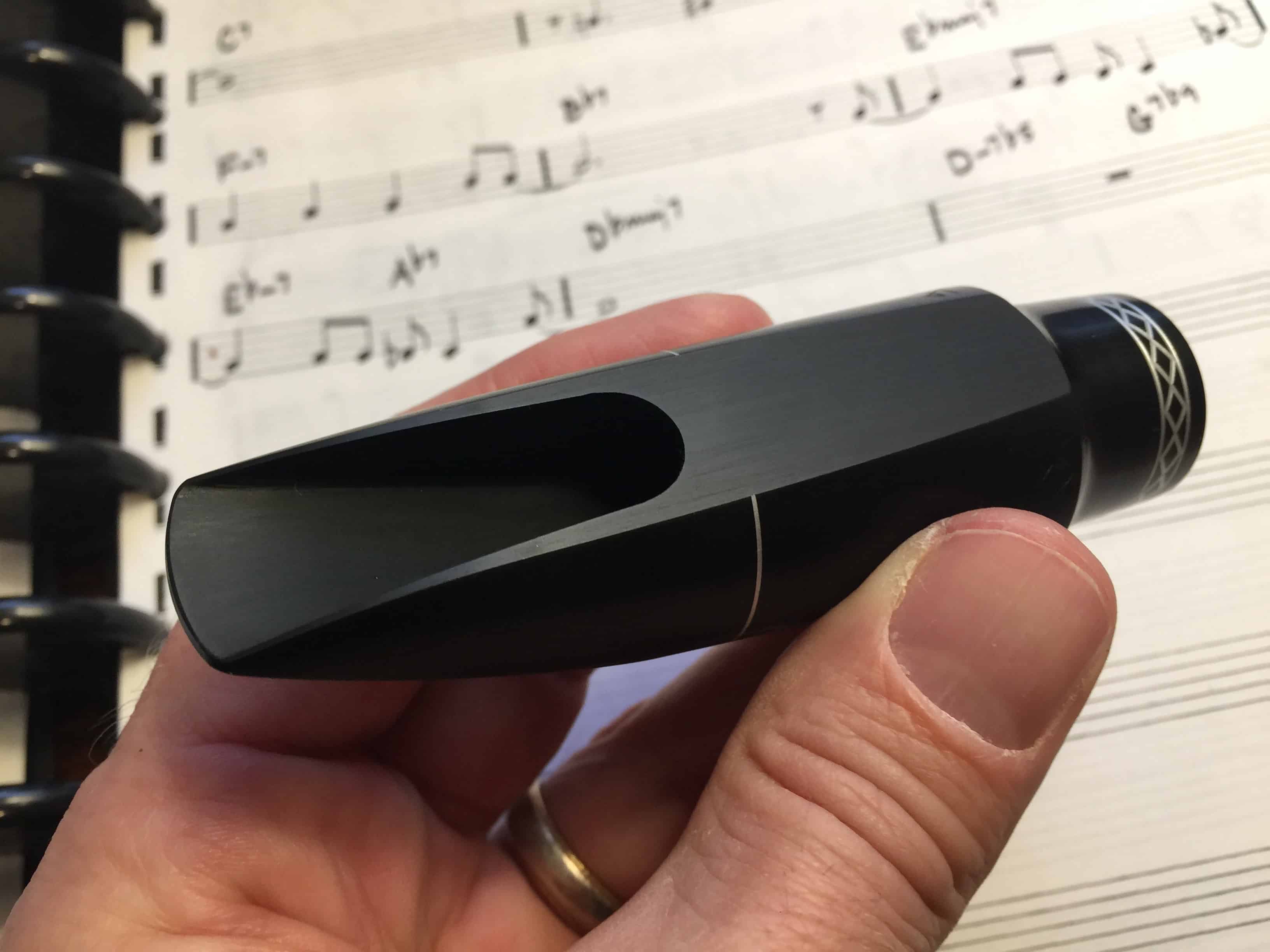



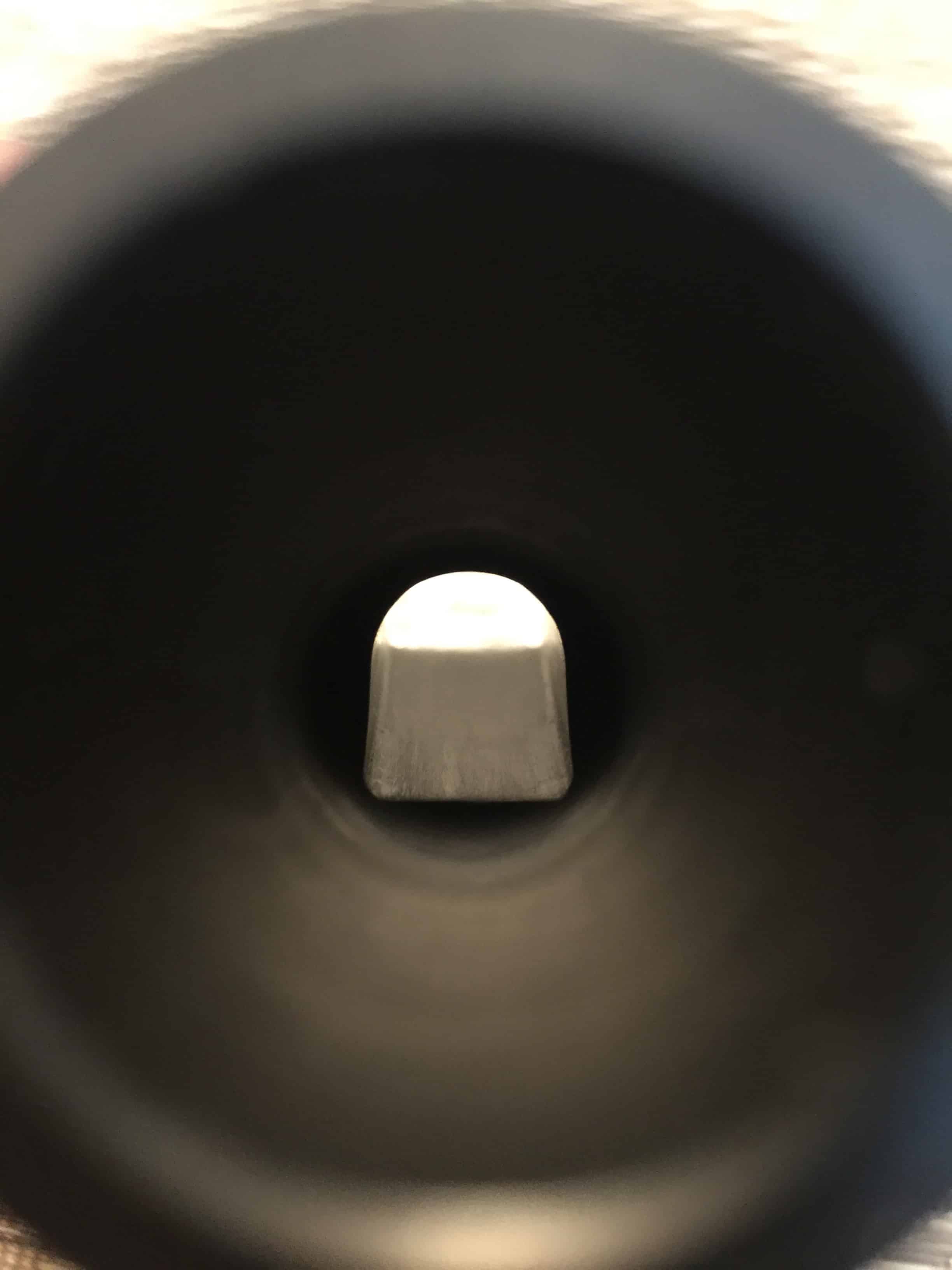

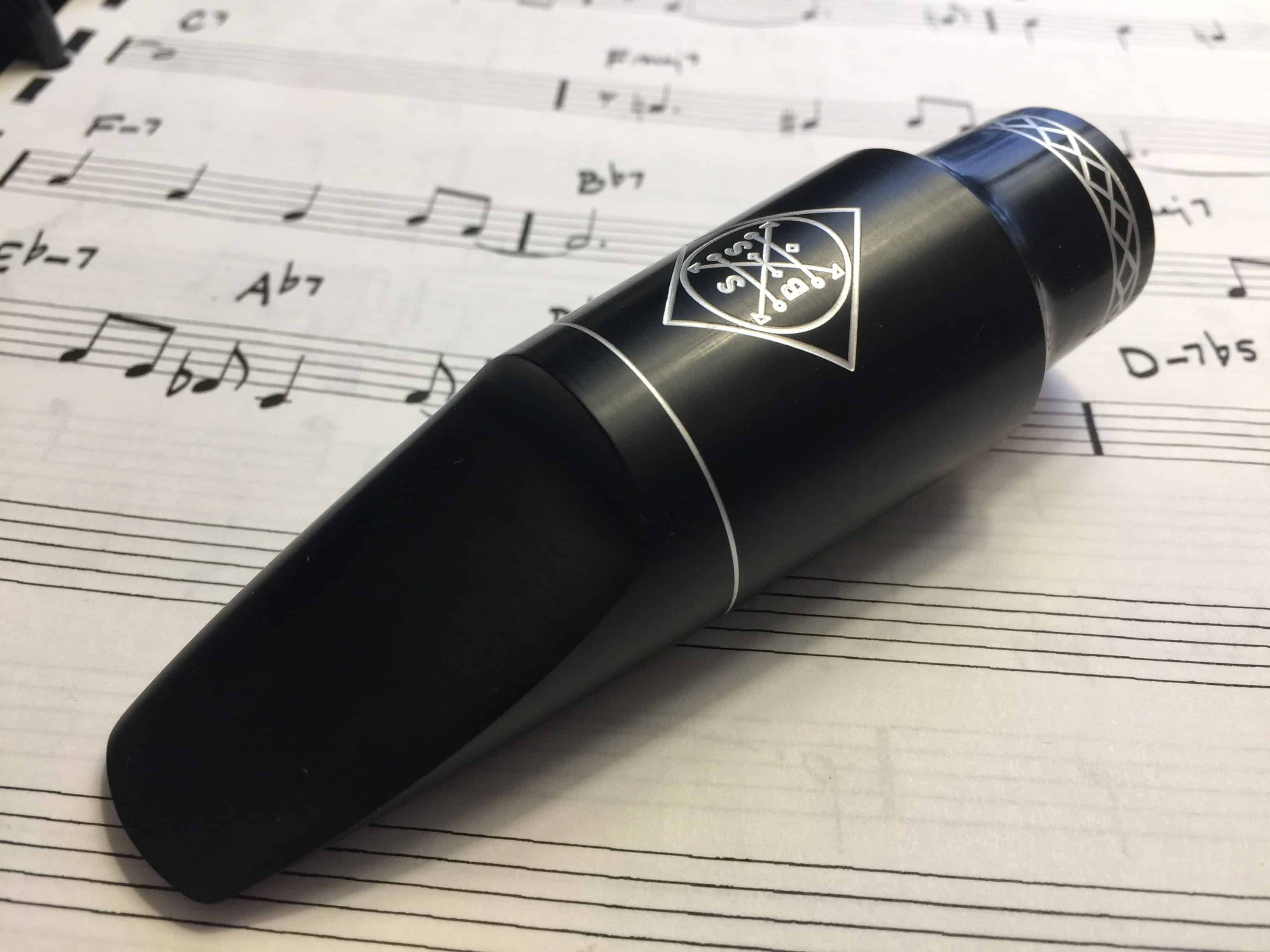
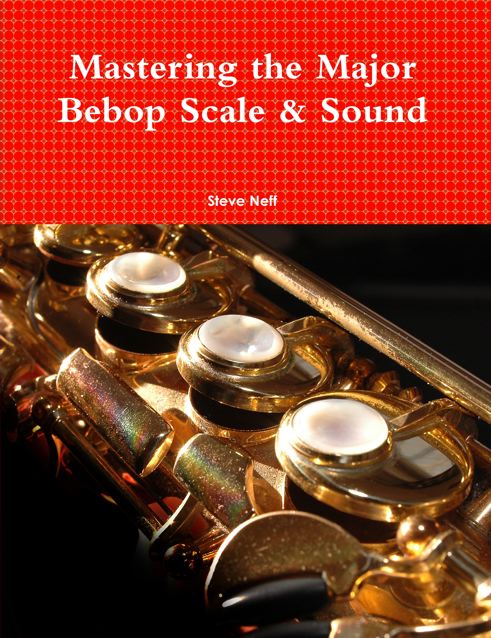


Hey great review as always Steve. And I definitely get what you mean about the different way of blowing, the sound gets warmer and more focused at the same time – kind of like lighting the afterburner on a jet – it’s just a different way of putting the air through the horn. I like the sound you are getting, I’ve never tried a Soloist (am firmly in the Link STM camp) but if I were mouthpiece hunting I might try one.
One small nit to pick, I don’t think the facing length is 52mm, it’s probably 52 on the mouthpiece gauge scale, which is actually 26mm. (Not sure one could play a mouthpiece with 52mm facing!)
Thanks Steve! I was unsure of that when I wrote it. Glad you cleared that up for me. I fixed it in the post……. Steve
Really excellent, detailed review of the BSS S-Series mouthpiece, and a great read, Steve. What you wrote describes the nuances of the piece so well and the journey that I experienced. It’s so consistent that at first I didn’t get on with it. Since I dialed in it has become my primary jazz piece. Thanks
WOW… is this the ONE???… lol
I did most of my recordings on a custom “horseshoe” baffled HR mouthpiece… but it had a higher baffle…
I DID get a good variance of tone but had to really work to get mellow (baffle height)… OR get out another mouthpiece out of my case…
I’m going to Jack’s site… check the price… count my pennies and see if I can order one (7*) this month or have to wait…
I REALLY appreciate the reviews you post… that make us drool… lol
Pat
I’m not a pro, I’m a weekend player and woodwind doubler. Oboe is my strongest horn and most of my saxophone playing is in quartets or Dixieland. I had played my old Conn tenor on a Selmer soloist but did not like that piece on my current horn, an SML Gold Medal. Last fall Jack showed me the S-series 7 when I came in to pick up a soprano he had overhauled for me, I had my tenor with me to make a small adjustment. I walked out with the S-series 7 and a box of his BSS reeds, hardness 2.5. Best thing to happen to my tenor playing in years. The piece is focused, responsive and has a great sound and feel below the staff. I’m very happy with it, just as happy as I am with the work Jack does on my horns.
Great looking mouthpiece, will possibly get my students to buy, I presently play on a Theo Wanne. But would love to try this mouthpiece in the future.
Thoughts on the 8*?
Sorry. I haven’t tried the 8* version.
Impressive MP. It plays as described, the sound is spot on and focused, especially up top where it can get thin. I always wonder about the combination of horn and MP. Modern horn, modern MP seems like a correct combo. And then you play a horn from 70 years ago and MP from 2021. I suppose besides knowing what you want sound wise how do you match up everything besides trial and error? Not trying to divert the conversation as BS-S is exactly what I like to hear and how I like to sound. As always this is the best spot for hearing and discussing it all. Thanks.
Wonderful sound. In Britain we have a chap making mouthpieces, Ed Pillinger, who has his stunning take on the 50s soloist for those who prefer a smaller tip opening.
Thanks for the information, Andrew. Since I’m curious I went to visit the nice website of Mr. Ed Pillinger from London:
these, too, are very interesting and very elegant handcrafted mouthpieces; and also in many tip openings (for example, for tenor, from 4 (0.70) to 9 * (130).
The website compares the facings of the Pillinger mouthpieces with the facings of the models Link, Meyer and Selmer.
Very interesting website!
Giuseppe.